Torsten Enßlin
Latent-space Field Tension for Astrophysical Component Detection An application to X-ray imaging
Jun 25, 2025Abstract:Modern observatories are designed to deliver increasingly detailed views of astrophysical signals. To fully realize the potential of these observations, principled data-analysis methods are required to effectively separate and reconstruct the underlying astrophysical components from data corrupted by noise and instrumental effects. In this work, we introduce a novel multi-frequency Bayesian model of the sky emission field that leverages latent-space tension as an indicator of model misspecification, enabling automated separation of diffuse, point-like, and extended astrophysical emission components across wavelength bands. Deviations from latent-space prior expectations are used as diagnostics for model misspecification, thus systematically guiding the introduction of new sky components, such as point-like and extended sources. We demonstrate the effectiveness of this method on synthetic multi-frequency imaging data and apply it to observational X-ray data from the eROSITA Early Data Release (EDR) of the SN1987A region in the Large Magellanic Cloud (LMC). Our results highlight the method's capability to reconstruct astrophysical components with high accuracy, achieving sub-pixel localization of point sources, robust separation of extended emission, and detailed uncertainty quantification. The developed methodology offers a general and well-founded framework applicable to a wide variety of astronomical datasets, and is therefore well suited to support the analysis needs of next-generation multi-wavelength and multi-messenger surveys.
Attention to Entropic Communication
Jul 21, 2023Abstract:The concept of attention, numerical weights that emphasize the importance of particular data, has proven to be very relevant in artificial intelligence. Relative entropy (RE, aka Kullback-Leibler divergence) plays a central role in communication theory. Here we combine these concepts, attention and RE. RE guides optimal encoding of messages in bandwidth-limited communication as well as optimal message decoding via the maximum entropy principle (MEP). In the coding scenario, RE can be derived from four requirements, namely being analytical, local, proper, and calibrated. Weighted RE, used for attention steering in communications, turns out to be improper. To see how proper attention communication can emerge, we analyze a scenario of a message sender who wants to ensure that the receiver of the message can perform well-informed actions. If the receiver decodes the message using the MEP, the sender only needs to know the receiver's utility function to inform optimally, but not the receiver's initial knowledge state. In case only the curvature of the utility function maxima are known, it becomes desirable to accurately communicate an attention function, in this case a by this curvature weighted and re-normalized probability function. Entropic attention communication is here proposed as the desired generalization of entropic communication that permits weighting while being proper, thereby aiding the design of optimal communication protocols in technical applications and helping to understand human communication. For example, our analysis shows how to derive the level of cooperation expected under misaligned interests of otherwise honest communication partners.
Information Field Theory as Artificial Intelligence
Dec 19, 2021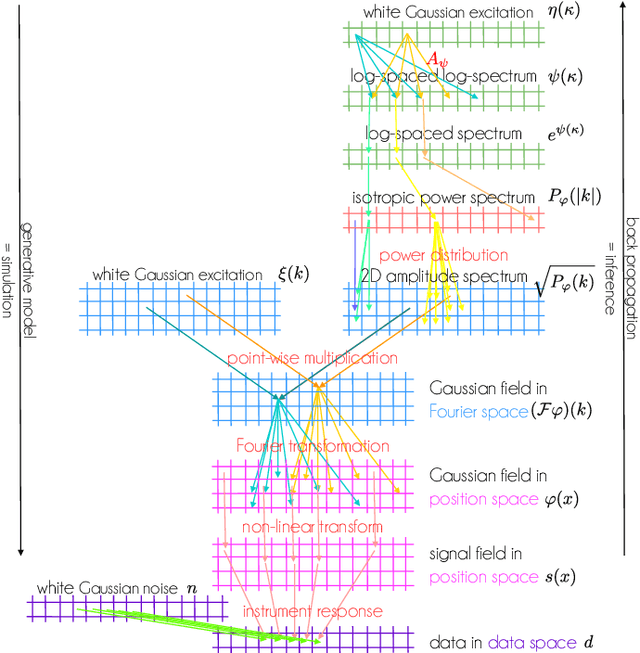
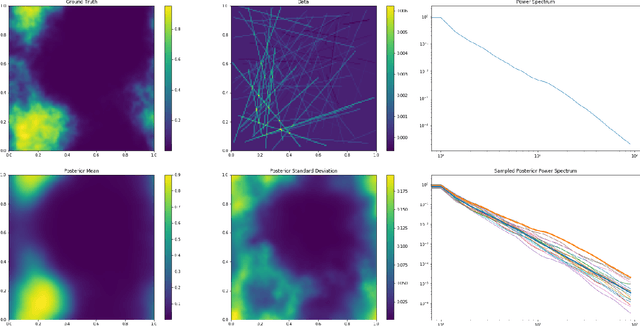
Abstract:Information field theory (IFT), the information theory for fields, is a mathematical framework for signal reconstruction and non-parametric inverse problems. Here, fields denote physical quantities that change continuously as a function of space (and time) and information theory refers to Bayesian probabilistic logic equipped with the associated entropic information measures. Reconstructing a signal with IFT is a computational problem similar to training a generative neural network (GNN). In this paper, the inference in IFT is reformulated in terms of GNN training and the cross-fertilization of numerical variational inference methods used in IFT and machine learning are discussed. The discussion suggests that IFT inference can be regarded as a specific form of artificial intelligence. In contrast to classical neural networks, IFT based GNNs can operate without pre-training thanks to incorporating expert knowledge into their architecture.
Theoretical Modeling of Communication Dynamics
Jun 09, 2021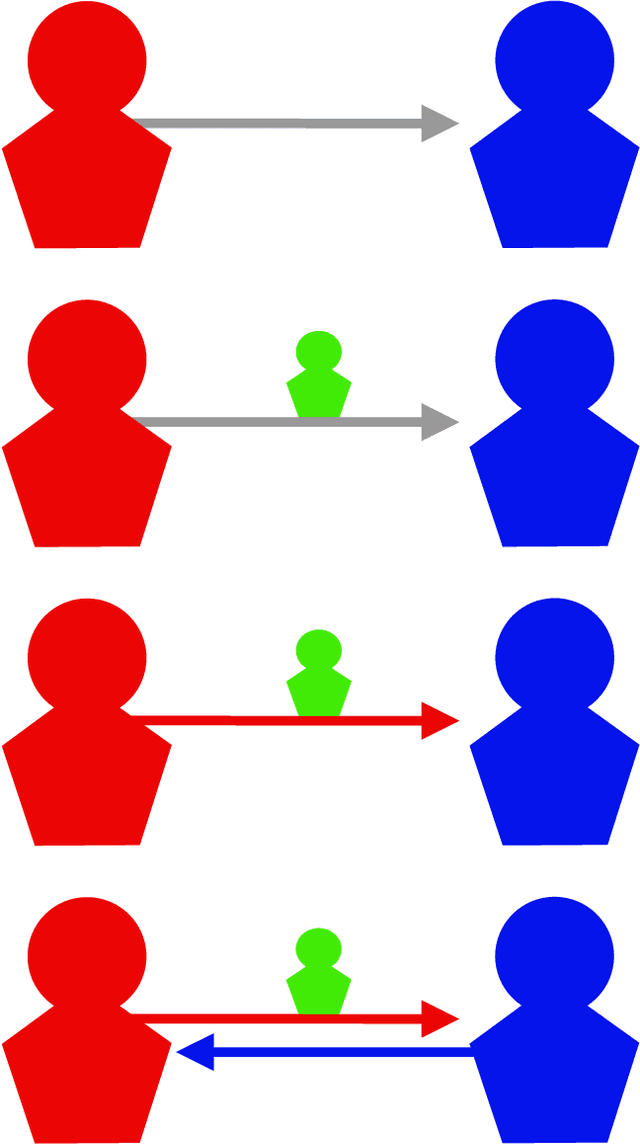

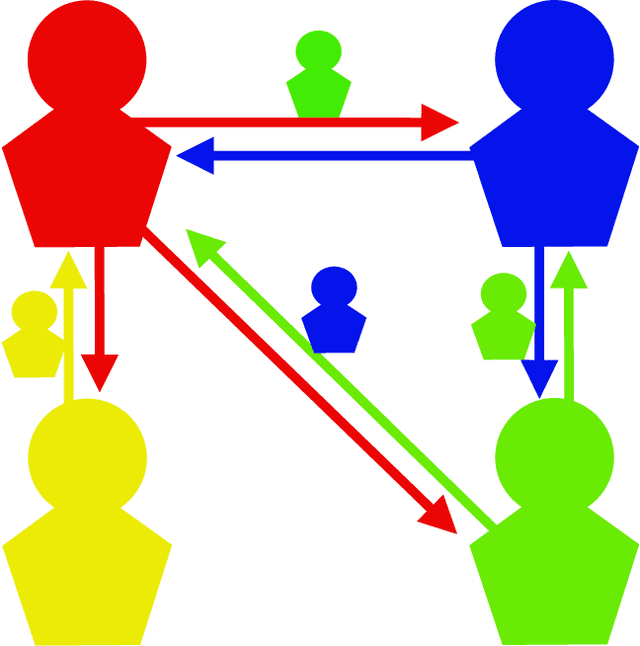

Abstract:Communication is a cornerstone of social interactions, be it with human or artificial intelligence (AI). Yet it can be harmful, depending on the honesty of the exchanged information. To study this, an agent based sociological simulation framework is presented, the reputation game. This illustrates the impact of different communication strategies on the agents' reputation. The game focuses on the trustworthiness of the participating agents, their honesty as perceived by others. In the game, each agent exchanges statements with the others about their own and each other's honesty, which lets their judgments evolve. Various sender and receiver strategies are studied, like sycophant, egocentricity, pathological lying, and aggressiveness for senders as well as awareness and lack thereof for receivers. Minimalist malicious strategies are identified, like being manipulative, dominant, or destructive, which significantly increase reputation at others' costs. Phenomena such as echo chambers, self-deception, deception symbiosis, clique formation, freezing of group opinions emerge from the dynamics. This indicates that the reputation game can be studied for complex group phenomena, to test behavioral hypothesis, and to analyze AI influenced social media. With refined rules it may help to understand social interactions, and to safeguard the design of non-abusive AI systems.
Non-parametric Bayesian Causal Modeling of the SARS-CoV-2 Viral Load Distribution vs. Patient's Age
May 27, 2021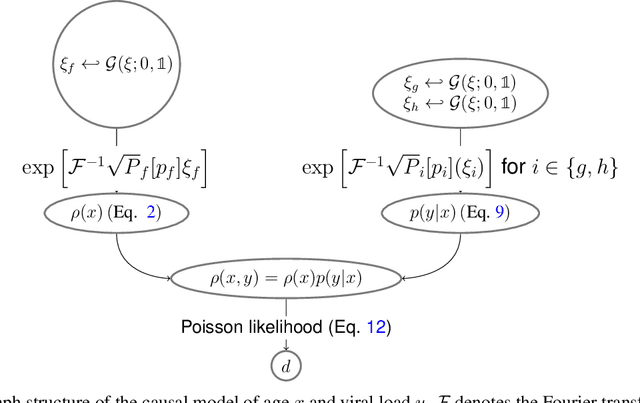
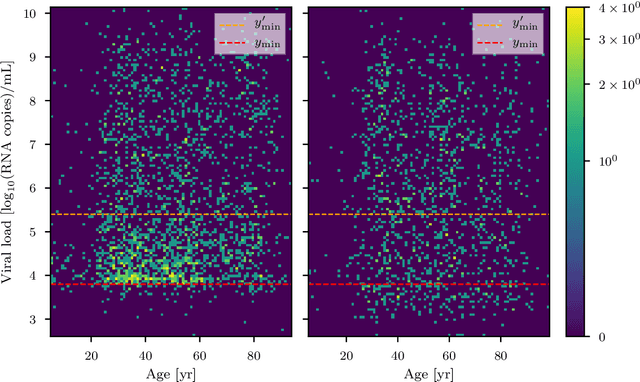
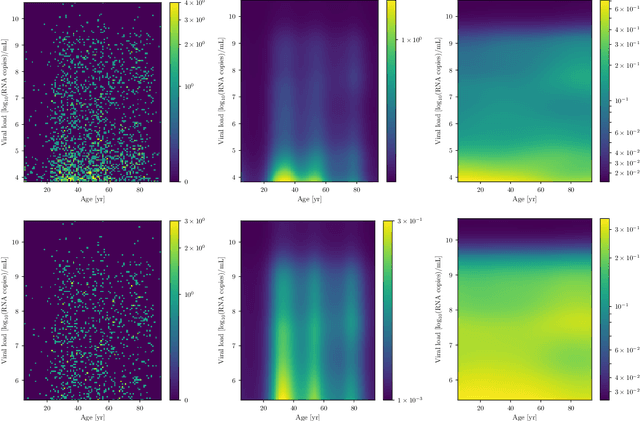
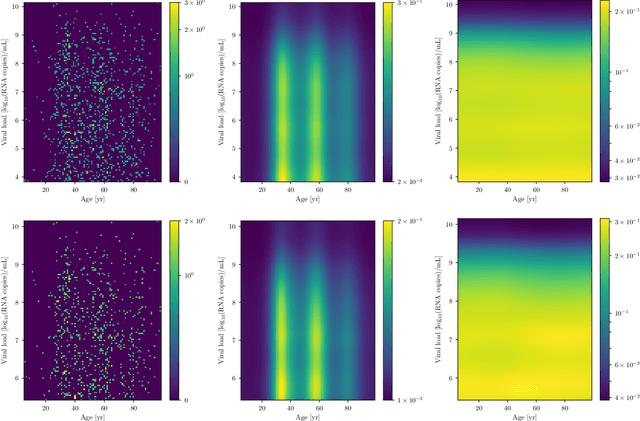
Abstract:The viral load of patients infected with SARS-CoV-2 varies on logarithmic scales and possibly with age. Controversial claims have been made in the literature regarding whether the viral load distribution actually depends on the age of the patients. Such a dependence would have implications for the COVID-19 spreading mechanism, the age-dependent immune system reaction, and thus for policymaking. We hereby develop a method to analyze viral-load distribution data as a function of the patients' age within a flexible, non-parametric, hierarchical, Bayesian, and causal model. This method can be applied to other contexts as well, and for this purpose, it is made freely available. The developed reconstruction method also allows testing for bias in the data. This could be due to, e.g., bias in patient-testing and data collection or systematic errors in the measurement of the viral load. We perform these tests by calculating the Bayesian evidence for each implied possible causal direction. When applying these tests to publicly available age and SARS-CoV-2 viral load data, we find a statistically significant increase in the viral load with age, but only for one of the two analyzed datasets. If we consider this dataset, and based on the current understanding of viral load's impact on patients' infectivity, we expect a non-negligible difference in the infectivity of different age groups. This difference is nonetheless too small to justify considering any age group as noninfectious.
Bayesian Reasoning with Deep-Learned Knowledge
Jan 29, 2020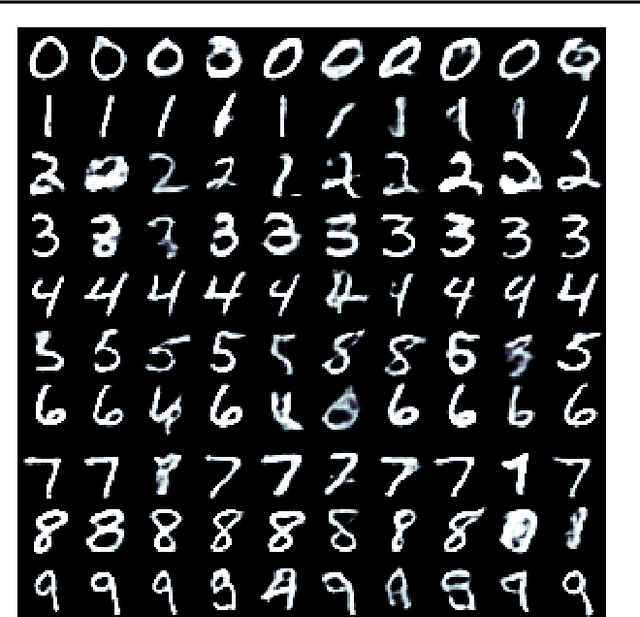
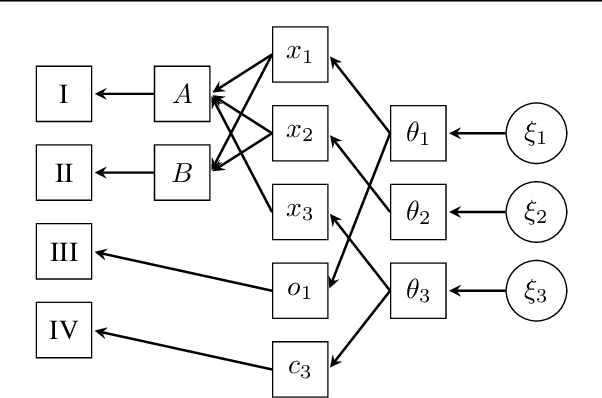
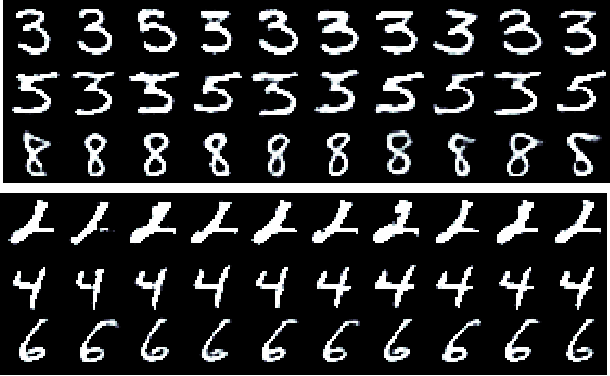
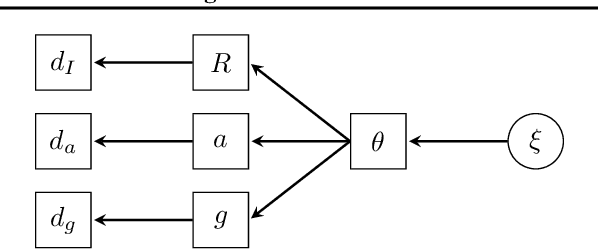
Abstract:We access the internalized understanding of trained, deep neural networks to perform Bayesian reasoning on complex tasks. Independently trained networks are arranged to jointly answer questions outside their original scope, which are formulated in terms of a Bayesian inference problem. We solve this approximately with variational inference, which provides uncertainty on the outcomes. We demonstrate how following tasks can be approached this way: Combining independently trained networks to sample from a conditional generator, solving riddles involving multiple constraints simultaneously, and combine deep-learned knowledge with conventional noisy measurements in the context of high-resolution images of human faces.
Information field theory
Jan 11, 2013Abstract:Non-linear image reconstruction and signal analysis deal with complex inverse problems. To tackle such problems in a systematic way, I present information field theory (IFT) as a means of Bayesian, data based inference on spatially distributed signal fields. IFT is a statistical field theory, which permits the construction of optimal signal recovery algorithms even for non-linear and non-Gaussian signal inference problems. IFT algorithms exploit spatial correlations of the signal fields and benefit from techniques developed to investigate quantum and statistical field theories, such as Feynman diagrams, re-normalisation calculations, and thermodynamic potentials. The theory can be used in many areas, and applications in cosmology and numerics are presented.
 Add to Chrome
Add to Chrome Add to Firefox
Add to Firefox Add to Edge
Add to Edge